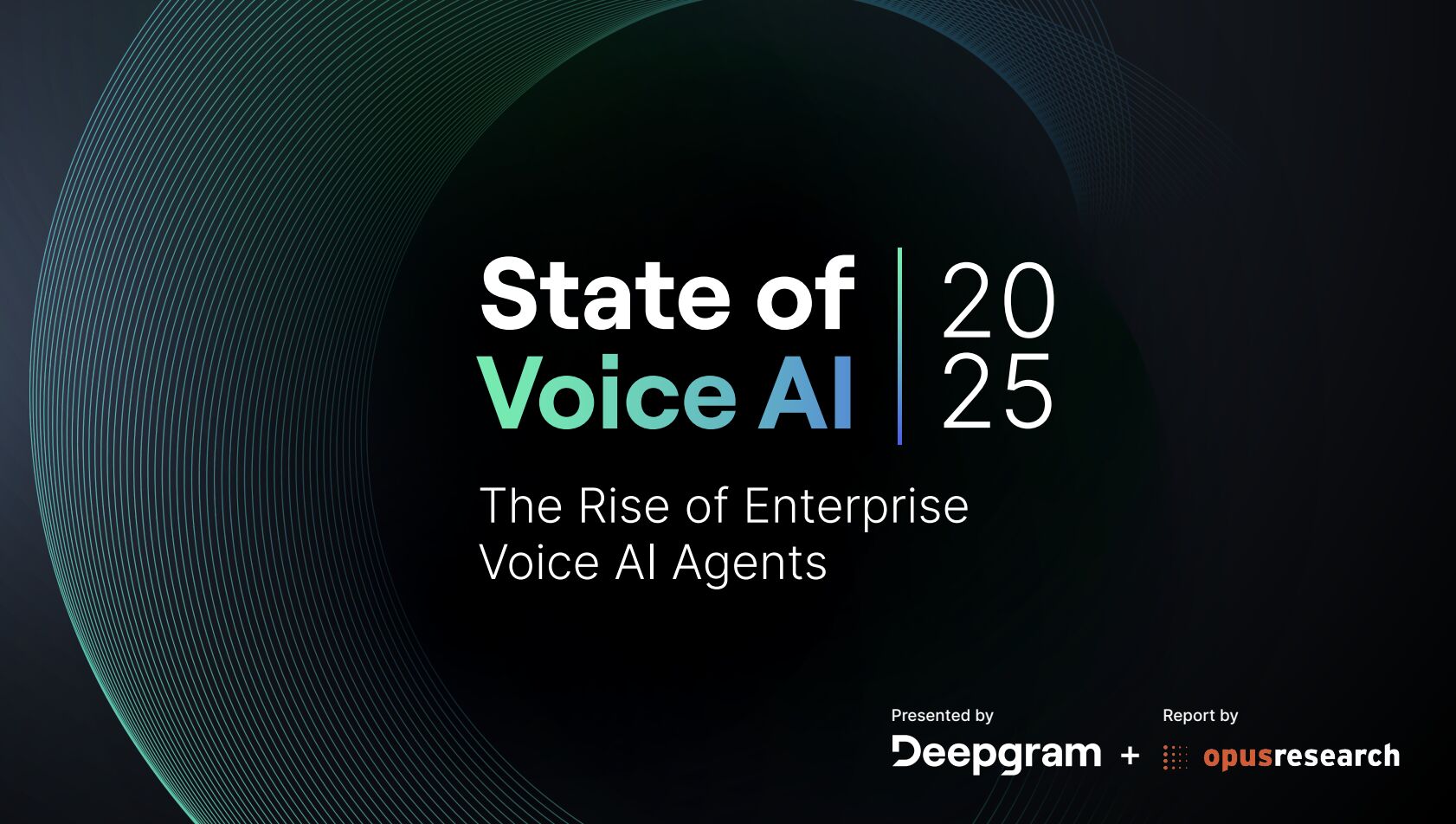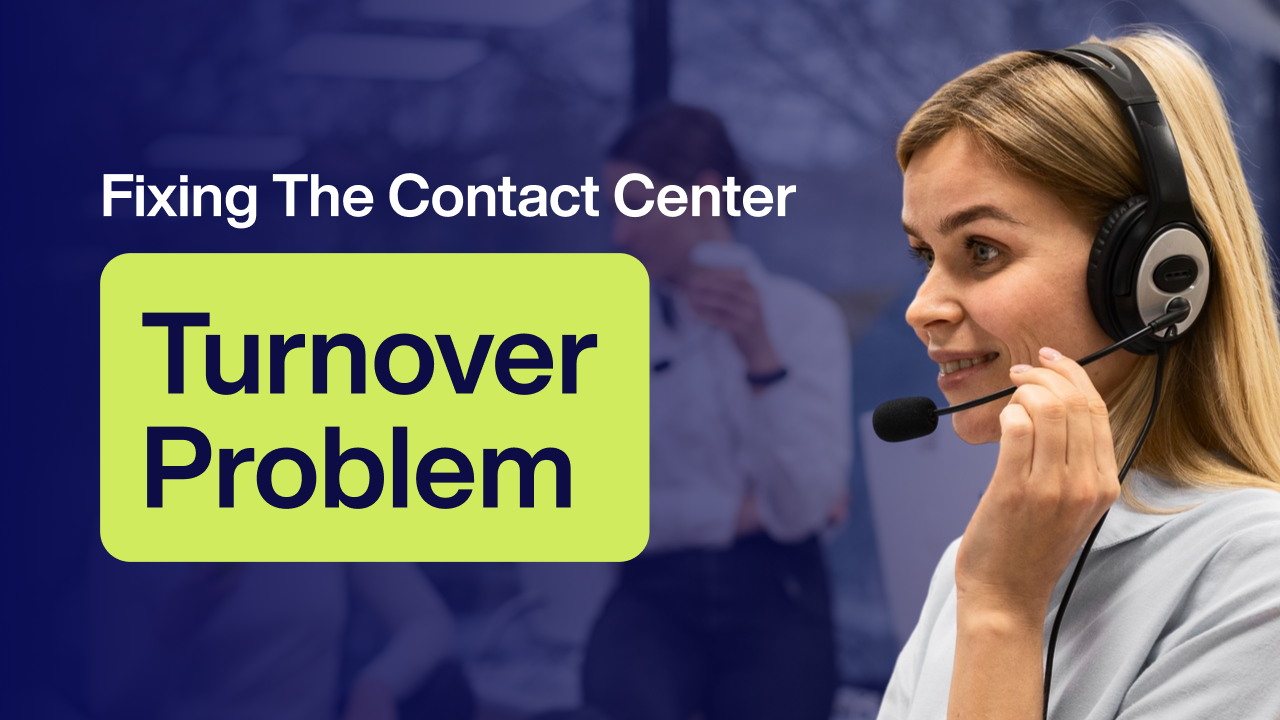Stop the Scheduling Whiplash: Hybrid AI That Fills Last‑Minute Openings Without Burning Out Your Staff

The morning scramble you know too well
It’s 7:42 a.m. Two same-day cancellations just hit your cardiology clinic. The provider’s first hour is now at risk, your waitlist is stale, and the contact center is already at peak hold times. Your schedulers are toggling between EHR rules, payer nuances, and provider preferences—while trying to triage urgent requests that can’t wait.
This is where most “automation” breaks. Real scheduling lives in exceptions: referral requirements, pre-auth status, prep instructions, travel distance, language needs—human context that bots alone often miss.
The reality behind “just automate it”
Health systems have invested heavily in self-service portals and EHR scheduling modules. They’re valuable, but they weren’t built to resolve every constraint, especially during live call spikes or after-hours surges. The outcome? Idle provider time next to month-long backlogs, frustrated patients, and burned-out staff.
EGS takes a hybrid approach—AI to do the heavy lifting, humans to handle nuance—so you capture value quickly without compromising care or compliance.
What hybrid AI + human scheduling looks like in practice
1) Open and advanced access—filled automatically
When a slot opens, AI matches it to the best-fit patient using real-time rules (visit type, prep, location, coverage) and reaches out via voice, SMS, or chat. If context gets messy, a trained agent steps in seamlessly.
2) Schedule adherence and provider productivity
Proactive nudges help keep sessions on track: confirm pre-visit steps, re-slot no-shows, and reduce late-running cascades. Providers spend more time seeing patients, less time waiting on the next appointment to materialize.
3) Capacity utilization—not just more, but smarter
AI orchestrates demand across clinics and providers, honoring rules and preferences. You can smooth load during flu season, backfill cancellations, and protect higher-value procedures—all while respecting clinical constraints.
4) Voice that actually works after hours
EGS Grace—our hybrid AI voice bot—handles inbound and outbound scheduling in natural language, then escalates to expert agents when needed. Patients get real options, not dead ends.
5) Compliance-first in regulated environments
HIPAA-aligned workflows, consent capture, audit trails, and human-in-the-loop review for edge cases. We integrate with your EHR and tools instead of ripping and replacing.
Common objections we hear
“Our EHR already does this.” Great—our orchestration layers on top to activate rules across channels, fill short-notice openings, and resolve exceptions your core tools don’t catch.
“We can’t risk a compliance misstep.” Neither can we. EGS operates with a compliance-first posture across healthcare and other regulated sectors like financial services and manufacturing.
“Patients hate bots.” They hate dead ends. We blend natural voice, clear choices, and fast escalation to empathetic, bilingual nearshore agents in Mexico.
Strategic impact beyond cost
- Reduced burnout: fewer manual chases and rule lookups.
- Higher provider productivity: tighter sessions and filled gaps.
- Better access: open/advanced access scheduling that actually works.
- Revenue and ROI: more completed visits with the same staffing footprint.
Why EGS
Emerging Global Services (EGS) delivers AI-human hybrid contact center operations and nearshore BPO services designed for real-world healthcare complexity. Led by founder Steve Shefveland, we focus on practical implementation—standing up compliant scheduling workflows that boost provider productivity and patient access fast. Our Grace voice bot plus skilled agents gives you the reliability of AI with the judgment of people.
Ready to turn scheduling chaos into predictable capacity and healthier teams? EGS brings the hybrid approach, compliance discipline, and nearshore talent to make it work in your system—without replacing what you already have.

No Spam —
Just Good Stuff.
Join our newsletter for actionable advice, insider knowledge, and strategies that drive real results.
No fluff, just value.
.png)
%20(1).png)
From The Blog
Read All Articles
Hybrid AI in Banking: Handling Complex Service Without Losing the Human Touch

Hybrid AI for Financial Services: Solving Complex Service Without Losing the Human Touch

How Hybrid AI Reduces Patient No-Shows and Scheduler Burnout

Hybrid AI That Actually Moves the Needle in Healthcare RCM

How AI-Human Collaboration Elevates Quality Assurance on the Factory Floor

Why Nearshore Hybrid BPOs Outperform Offshore Automation Centers

How Hybrid AI Voice Bots Elevate CX and Make Agents Unstoppable

AI‑Human Hybrid Support That Elevates Fraud Detection and Compliance

How Hybrid AI Streamlines Healthcare Revenue Cycle—Without Losing the Human Touch

AI-human hybrid quality assurance for supply chain accuracy

Why Nearshore Hybrid BPOs Outperform Offshore Automation Centers

AI + Human QA on the Line: How Hybrid Teams Raise Manufacturing Quality

Why Nearshore Hybrid BPOs Outperform Offshore Automation Centers

How AI-Human Collaboration Elevates Quality Assurance in Modern Manufacturing

Hybrid AI That Keeps Schedules Full: Reducing Patient No‑Shows and Burnout

Why Nearshore Hybrid BPOs Outperform Offshore Automation Centers

Hybrid AI That Quietly Fixes Healthcare RCM—Starting With the Schedule

How AI-Human Collaboration Raises the Bar on Manufacturing Quality Assurance

How Hybrid AI Tackles the Toughest Banking Service Moments

AI + Human QA: How Hybrid Teams Catch Defects Early and Strengthen Audits

How Hybrid AI Cuts Churn in Telecom and Retail—Without Losing the Human Touch

Hybrid AI for Financial Services: Faster Resolution, Stronger Compliance, Human-Centered Support

Hybrid AI That Fills Schedules and Eases Burnout: Reducing Patient No-Shows in Healthcare

Hybrid AI-human support that strengthens fraud detection and compliance—without breaking customer trust

AI + Humans: Elevating Quality Assurance on the Factory Floor

AI-human hybrid quality assurance for supply chain accuracy

Hybrid AI That Keeps Schedules Full—and Clinicians Fresh

AI-Human Hybrid Support: Stronger Fraud Detection and Compliance at the Contact Center

Why Nearshore Hybrid BPOs Outperform Offshore Automation Centers

From Empty Slots to Full Days: Hybrid AI Scheduling That Reduces Burnout

From No‑Shows to Full Days: Hybrid AI That Fixes Provider Schedules Without Burning Out Staff

From Empty Slots to Full Schedules: Hybrid AI That Boosts Access and Reduces Burnout

Stop the Scheduling Spiral: Hybrid AI That Fills Schedules Without Burning Out Providers

Stop Empty Slots from Fueling Burnout: Hybrid AI-Human Scheduling for Health Systems

From Empty Slots to Full Days: Hybrid AI Scheduling for Health Systems

From Hold Music to Full Schedules: Hybrid AI That Lifts Provider Productivity Without Burning Out Staff
.png)
Stop the Scheduling Spiral: How Hybrid AI Keeps Providers Productive and Patients Seen
.png)
AI & Financial Services: Where Compliance Meets Conversation

E-commerce's Hybrid AI Advantages: From Order Status to Complicated Returns
.png)
Customer Service & Experience East 2025 (Reuters Events)
.png)
NACHC’s Workforce Conference (formerly FOM/IT)
.png)
Healthcare's AI-Human Sweet Spot: When Empathy Meets Efficiency
.png)
Choosing the Right Contact Center Technology Stack for Your Industry
.png)
Order Management Support: Where AI Excels & Where It Fails
.png)
Customer Success vs. Customer Support: When to Use AI vs. Human Touch

687% Increase in Referral Processing in 6 Months: How One Healthcare Organization Turned Its Patient Support Around

5 Warning Signs Your Medical Referral Process Needs Immediate Attention

AI‑Powered Healthcare Contact Centers: What CX Leaders Need to Know

AI‑Powered Healthcare Contact Centers: What You Need to Know

Healthcare Contact Centers: What Others Are Just Diagnosing, EGS Has Already Solved

Real-Life Use Cases of Contact Center Automation for Cost Reduction

5 Proven Use Cases of Contact Center Automation That Cut Costs by Up to 30%

How Leading Companies Are Reducing Support Costs and Boosting Customer Satisfaction with AI

Real-Life Use Cases of Contact Center Automation for Cost Reduction

Unlocking Efficiency, Speed, and Patient Satisfaction through AI

How Healthcare Leaders Can Leverage AI to Transform Customer Experience (CX)

FQHC-Led Medicaid ACO Innovation: How Illinois is Reinventing Community Care through Value-Based Models

Expanding Access to Mental Health: How Telebehavioral Health Is Transforming Care in Frontier Idaho

Idaho’s Medicaid Expansion: Fueling Growth and Stability in Community Health Centers

Integrating Native Hawaiian Healing Practices: A Cultural Shift in Community Healthcare

Connecting Islands Through Telehealth: How Hawaii’s FQHCs Are Breaking Barriers with Virtual Care

How EGS Leverages Extensible, Integrated Technology to Simplify Health Systems

Addressing Georgia's Maternal Health Crisis: How FQHCs Are Leading the Way




















.png)


.png)
.png)
.png)
.png)
.png)
.png)
.png)
.png)
.png)
.png)



